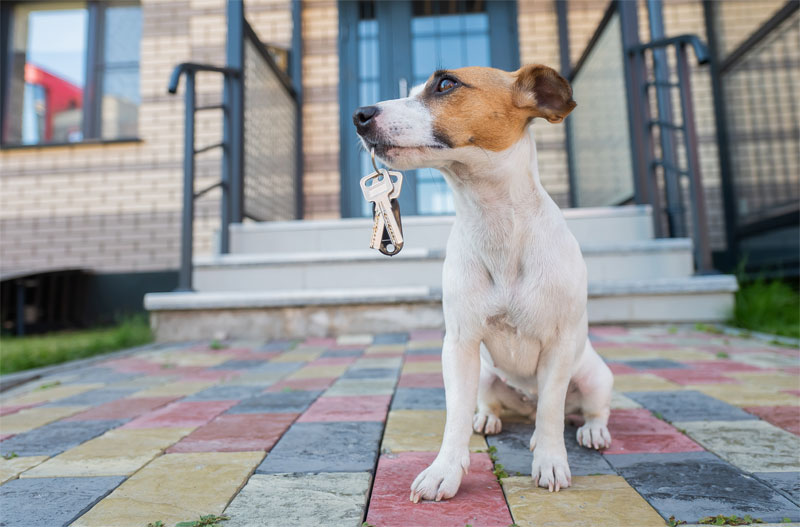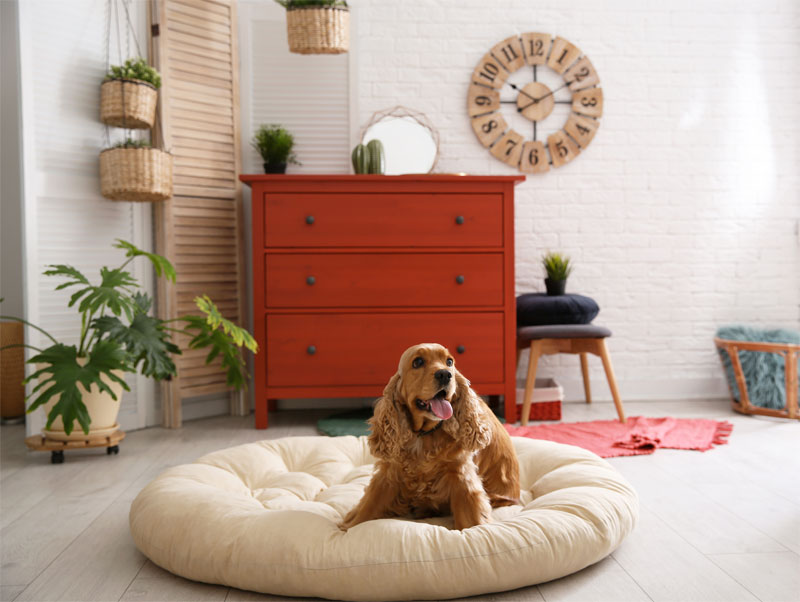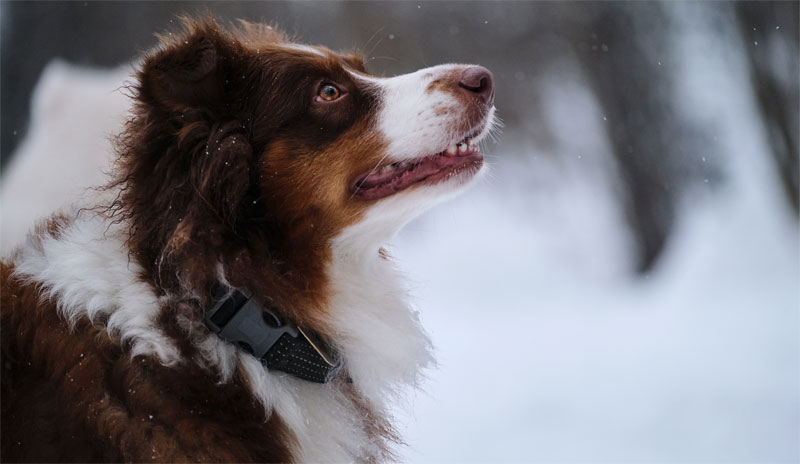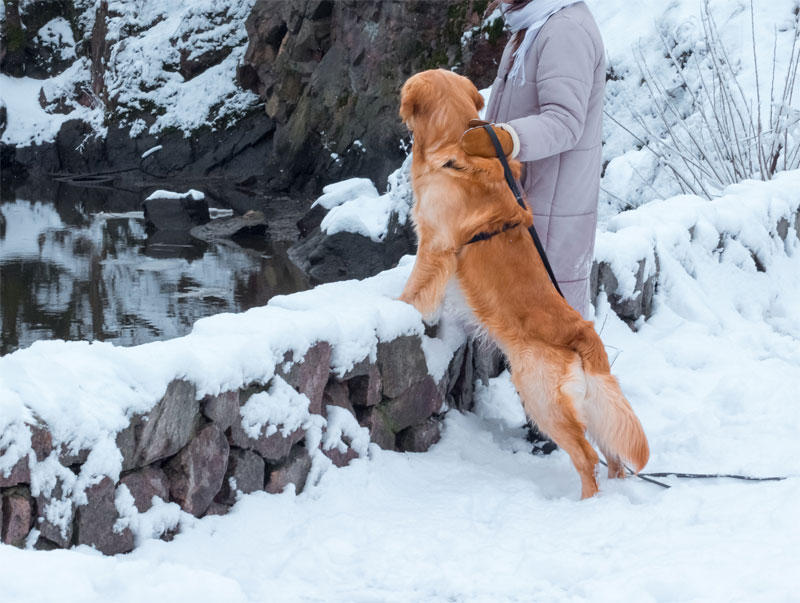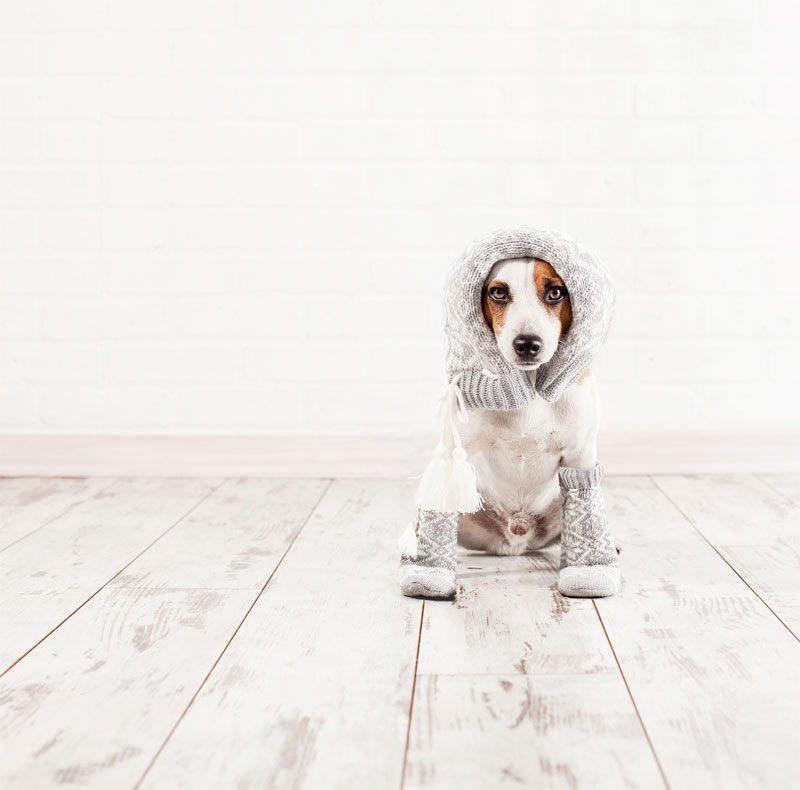5 Tips for Better Walks With Your Dog
April is Canine Fitness Month, and we’re using the opportunity to emphasize the importance of exercise for dogs while also providing our clients with some advice to make it easier to help their dogs get enough exercise on a daily basis.
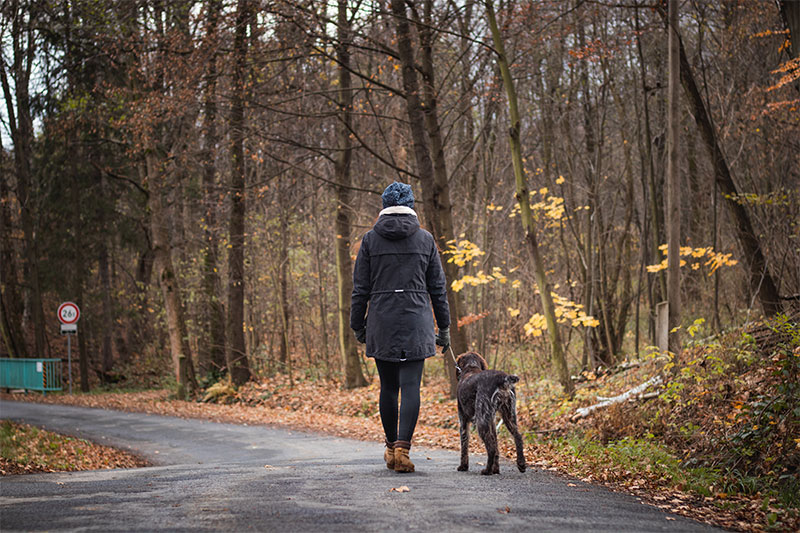
Why Exercise Is Important for Dogs
Dogs need regular exercise to keep their bodies and their minds healthy. Without enough exercise, they risk becoming overweight which can cause a variety of serious health problems. They also risk developing joint problems. Additionally, dogs needs exercise to stay mentally fit. Regular movement and play keep your dog’s mind busy, enriching their daily lives and slowing the aging process. Without enough exercise, dogs often become depressed and anxious, and they burn energy by acting out aggressively or destructively.

5 Tips for Better Walks With Your Dog
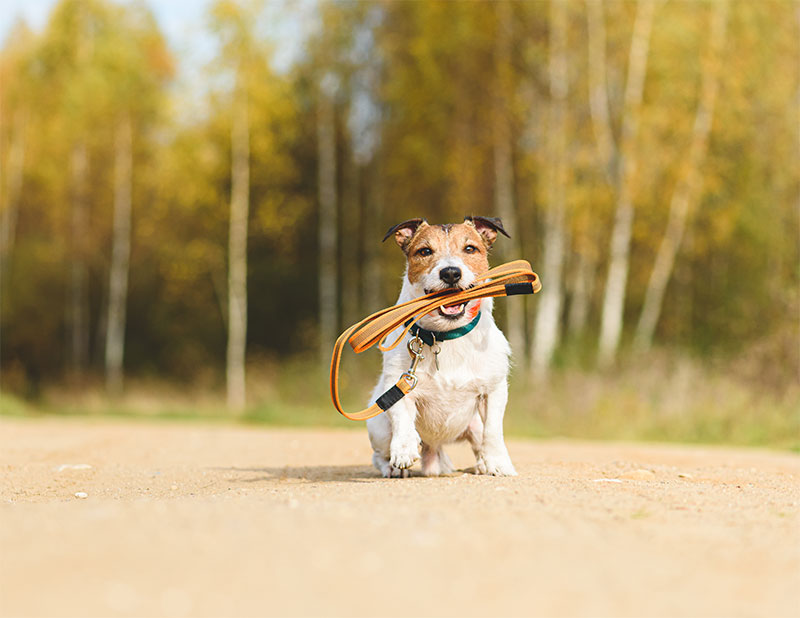
1. Don't Pull Back on the Leash
Dogs have an opposition reflex which results in them naturally pulling back on the leash if a human pulls on it to slow them down. Instead of pulling when they pull, try changing directions and rewarding your dog with a treat when they follow. Eventually, your dog will learn to walk with a loose leash and get used to your slower pace.
2. Bring Plastic Bags
Come prepared to clean up after your dog with a pocket of plastic bags.
3. Get a Dog-Walking Harness
If your dog still pulls a lot, do not attach a leash to their collar. Instead, fit them with a harness that has leash attachments on the back and/or chest area. This will be much safer for your dog and prevent them from injuring their neck (and the delicate parts inside it) while pulling on the leash.
4. Let Them Sniff and Explore
Dogs’ noses are incredibly sensitive, and smell is one of the most important ways they explore the world. To ensure they feel enriched on their walk, let them stop to sniff new smells and even follow a scent trail.
5. Visit Dog-Friendly Locations
If you plan to go further than once around the block with your dog, then be sure to research hiking trails and footpaths first to ensure dogs are allowed.
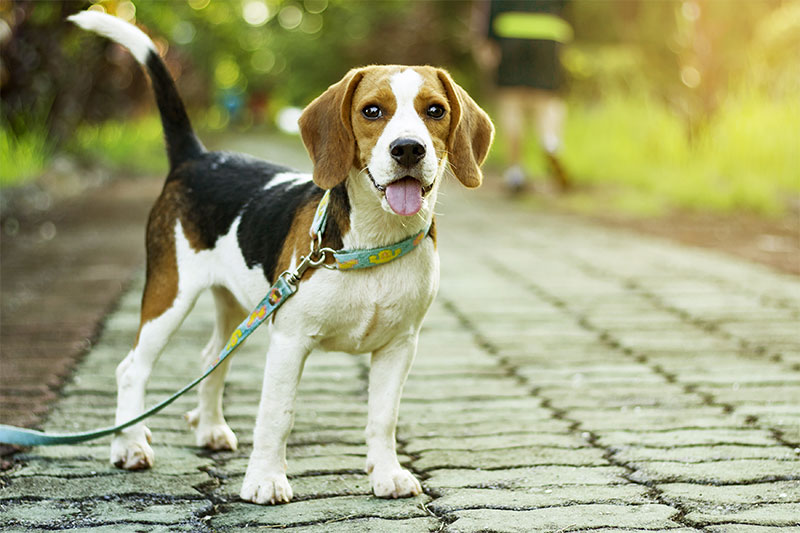
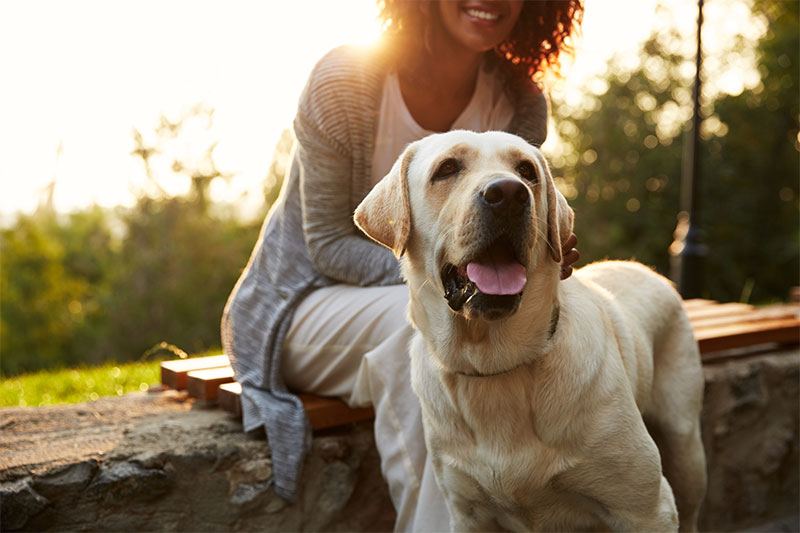
Lifestyle and Nutrition Counseling With Our Woodland Park Veterinarian
To learn more about the importance of exercise for your dog and how to create a healthy daily routine for your pet, we welcome you to schedule an appointment with our veterinarian at Compassion Animal Hospital in Woodland Park.







